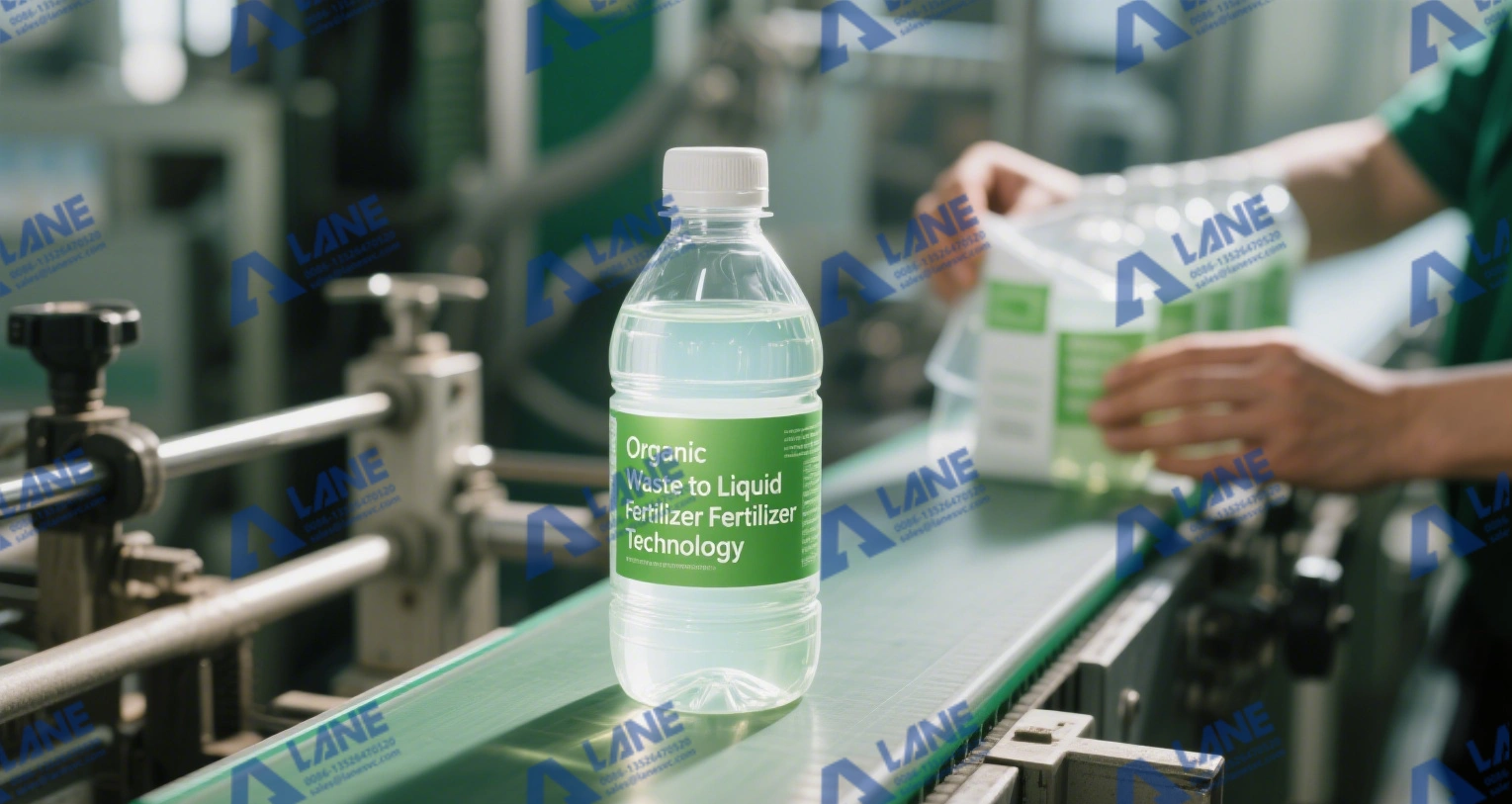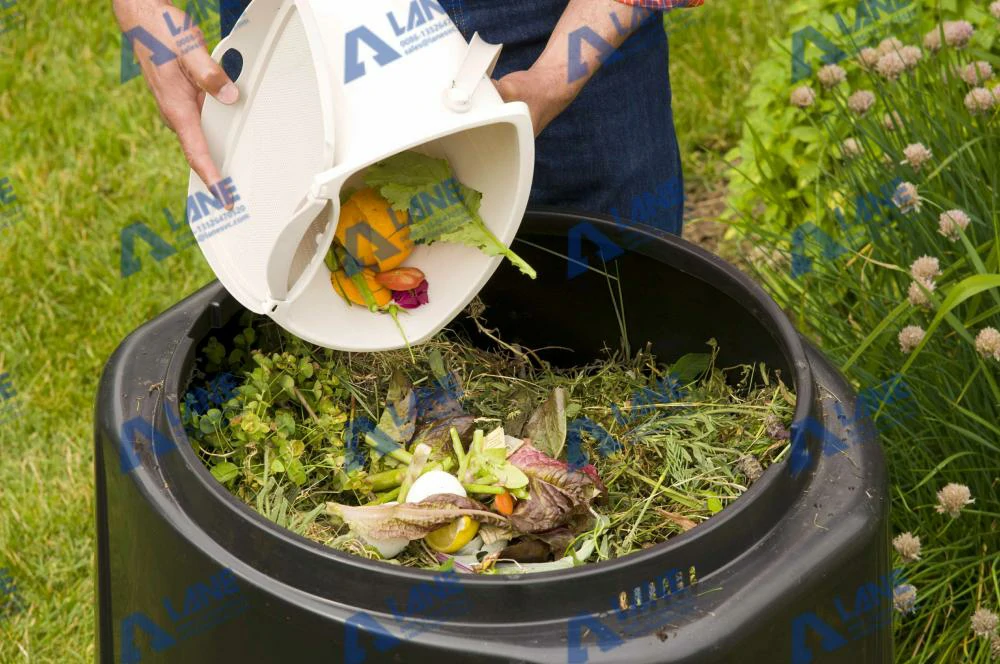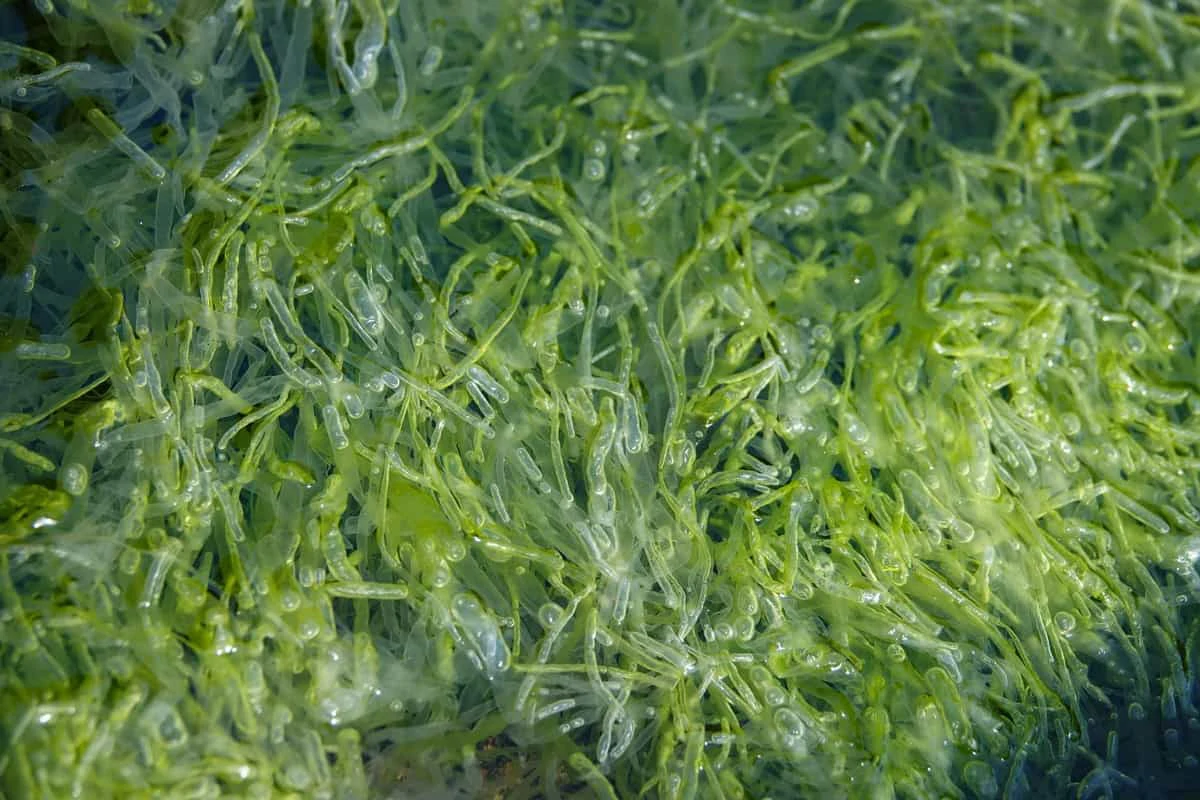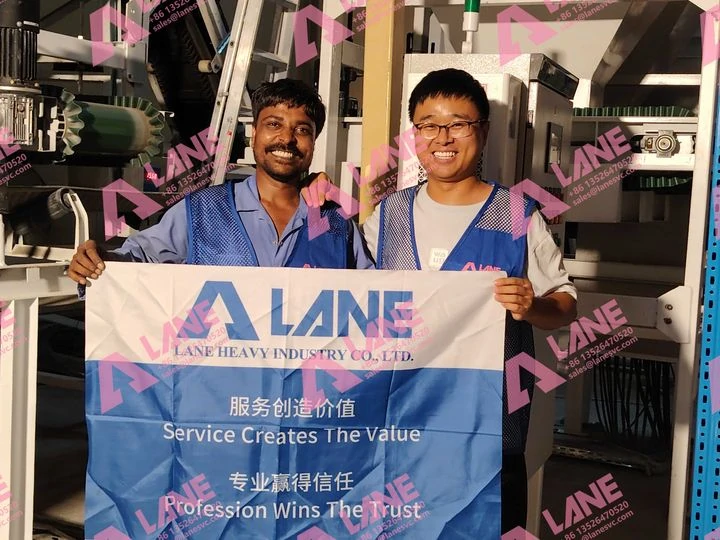
How to Make Liquid Fertilizer: A Complete Guide from Raw Materials to Production
Learning how to make liquid fertilizer is becoming increasingly valuable as sustainable farming gains global attention. Unlike chemical fertilizers, liquid organic fertilizers are rich in nutrients, easily absorbed by crops, and environmentally friendly. Farmers, gardeners, and even large-scale agricultural producers are now turning to liquid fertilizer as a reliable way to boost soil fertility while minimizing pollution.
Whether you are an individual farmer or planning to build a complete liquid fertilizer production line, understanding the process from raw materials to finished product is essential.

The first step in learning how to make liquid fertilizer is selecting suitable raw materials. Almost any organic waste can be used — the key is nutrient balance and availability.
| Material Type | Examples | Main Nutrients |
| Animal Waste | Cow dung, chicken manure, pig manure | Nitrogen, phosphorus |
| Plant Residues | Corn stalks, vegetable waste, fruit peels | Potassium, organic matter |
| Agricultural By-products | Soybean meal, bone meal, seaweed | Trace elements, amino acids |
| Food Waste | Restaurant leftovers, sugar mill waste | Organic carbon, micronutrients |
To ensure quality, the raw materials should be fermented and decomposed before entering the next step.


Before turning organic waste into a liquid form, it must undergo aerobic fermentation. This process reduces harmful pathogens and stabilizes nutrients.
For this stage, using a compost turner machine is highly recommended.
Crawler Type Compost Turner: Efficiently turns large compost piles and maintains even aeration.
Wheel Type Compost Turner: Suitable for large-scale plants with long compost lanes.
Fermentation Tank System: For controlled, odor-free indoor composting.
LANE Heavy Industry provides both crawler and wheel-type compost turners with hydraulic lifting systems, ensuring faster decomposition and higher nutrient retention.
Once the composted material is ready, it is mixed with water and processed into liquid fertilizer.
Here’s how to make liquid fertilizer step-by-step using specialized equipment:
Crushing and Mixing
Use a semi-wet material crusher to break down composted materials into smaller particles.
Feed the crushed materials into a horizontal mixer or liquid fertilizer mixer for uniform blending with water and other nutrient additives.
Fermentation and Extraction
The mixture is placed into a liquid fermentation tank, where beneficial microbes further convert organic matter into plant-available nutrients.
After fermentation, a filter press or screening system removes impurities.
Formulation and Nutrient Adjustment
Depending on the crop requirement, add supplements such as humic acid, amino acid, or seaweed extract.
A metering pump ensures precise dosage and consistency.
Storage and Packaging
The final liquid fertilizer is pumped into a storage tank and filled using an automatic liquid filling machine.
LANE’s liquid fertilizer production line supports both small-scale bottles (1L–5L) and large drums (up to 200L).
Understanding how to make liquid fertilizer also means knowing why it’s beneficial.
Fast Nutrient Absorption: Liquid fertilizers are immediately available to plant roots and leaves.
Customizable Nutrient Ratios: You can easily adjust the formula for specific crops like rice, maize, or vegetables.
Environmental Sustainability: Utilizes organic waste, reducing landfill and greenhouse gas emissions.
Cost Efficiency: Lower transport and storage costs compared to solid fertilizers.
Liquid fertilizers are suitable for multiple applications:
Foliar spraying for vegetables and fruit trees
Drip irrigation systems in greenhouse farms
Soil improvement for depleted farmland
Hydroponic cultivation for commercial greenhouses
Farmers in regions like Southeast Asia, Africa, and Latin America have achieved impressive yield increases by adopting liquid fertilizer production technology.
LANE Heavy Industry has years of experience in organic fertilizer production lines, offering full turnkey solutions — from compost turners to mixers and fermentation tanks.
Key advantages include:
Custom-built systems: Capacity from 500L to 30,000L per batch.
Durable materials: Stainless steel and anti-corrosion coatings.
Optional upgrades: Heating control, automatic pH regulation, and remote monitoring.
Comprehensive support: Installation guidance, training, and after-sales service.
LANE has successfully delivered liquid fertilizer projects in Indonesia, India, and Nigeria, helping clients turn agricultural waste into valuable organic products.

Learning how to make liquid fertilizer opens the door to sustainable agriculture and profitable organic production. With the right raw materials, scientific process, and reliable equipment, anyone can produce nutrient-rich liquid fertilizer that enhances soil health and crop productivity.
If you plan to establish a liquid fertilizer production line, contact LANE Heavy Industry for customized solutions and professional support.
For more details, please feel free to contact us.
Henan Lane Heavy Industry Machinery Technology Co., Ltd.
Email: sales@lanesvc.com
Contact number: +86 13526470520
Whatsapp: +86 13526470520
Leave a Comment
Latest Posts
LANE has more than 500 successful cases and is committed to providing customers with first-class solutions, high-end machinery and equipment, and one-stop pre-sales, sales and after-sales comprehensive customer service.